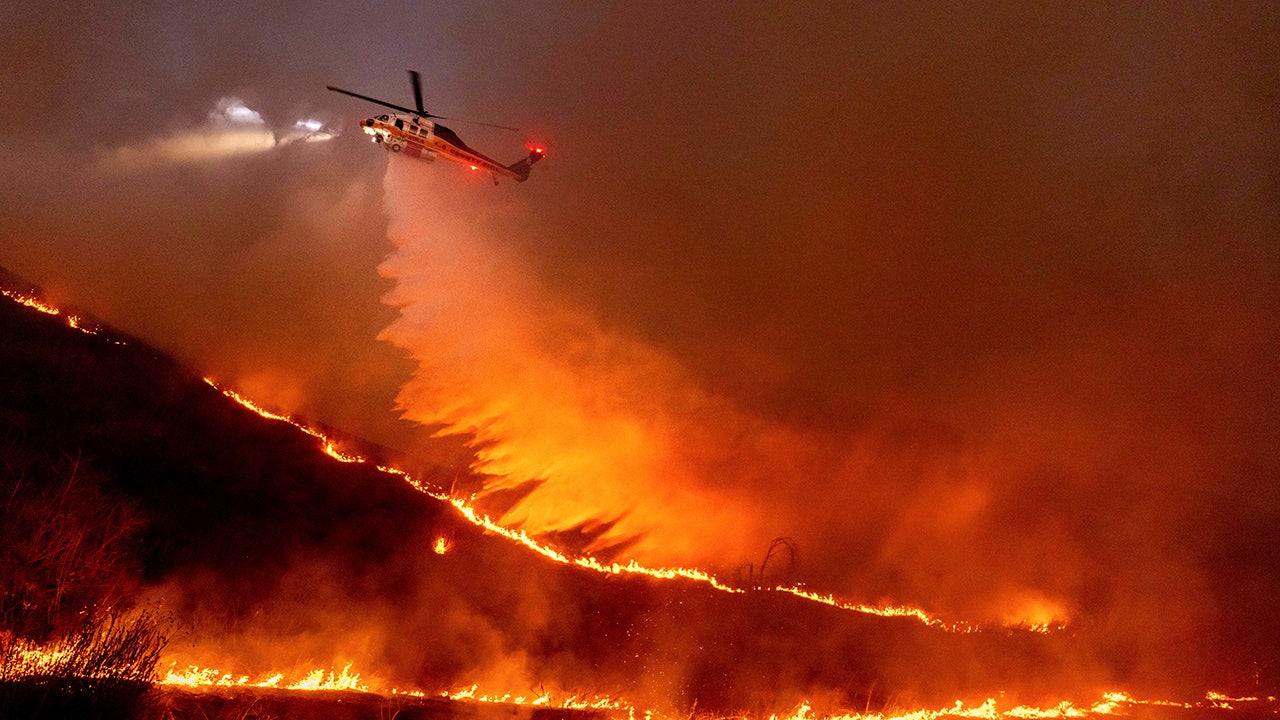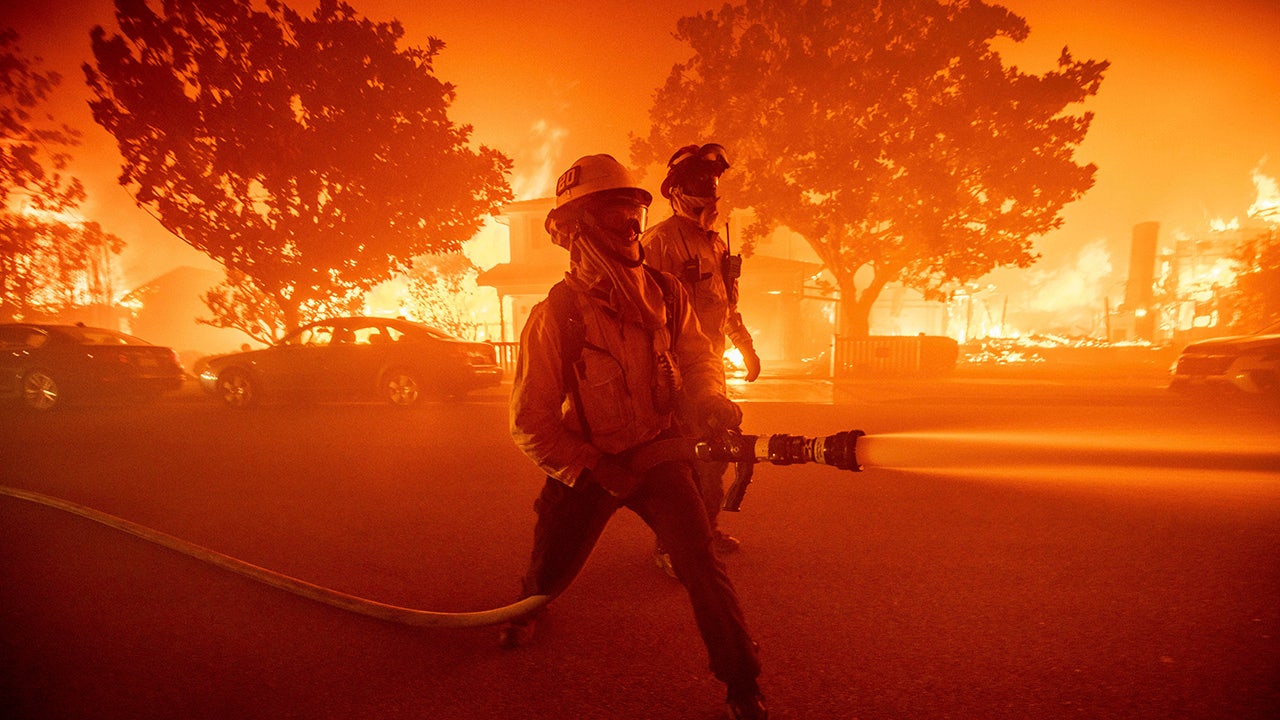I was talking to
@Kirkhill about the fires - and he brought up a really good point that links back to the CA ARES.
He pointed out that Unions hate Volunteers, and that the CA Regular Army acts like a union, and sees the ARES as scabs to take their jobs if given equipment etc. The way to defeat that sort of mentality is to have the Union buy into the Volunteers - for Fire Fighters down here it is generally done by having the Professionals control the training, and Volunteers are used either for surge requirements, or for tasks that the Professional Fighter Fighters are spread to thin for, the non full time personnel are also union members - so it is viewed as a win win - as the full time personnel get the lion share of the salaries, and the part timers get a lot of shit jobs, or less technicality demanding roles, but still get to perform roles with the full time personnel as well.
In looking at the CA, the whole Hybrid Unit aspect could (and should) be used to solve the Reg/Res issues. The Command and Control would be full time personnel, and the training system would be controlled by full time personnel - but the units would be fully resourced in terms of equipment and personnel.
Regretfully, while I agree completely with the root cause of the RegF v ARes problem as
@Kirkhill and you describe it and what ought to be the way forward, but unfortunately I do not agree that the suggested solution is a possible one. I don't believe you can ever get RegF "buy-in" to the level needed to primarily because of the PY fights that go on as between branches within the army and at a higher level between the army, navy and air force.
Every time that a branch or command agrees that it could off load responsibilities to a stand-by, reserve, surge component it will be required to give up PYs. The fight for or the need to transfer PYs plays a critical role in everything the CAF does organizationally. DND also ties that to major combat equipment, equipping only that part of the force that can man it full-time, or even worse, only to the extent of that part of the force expected to be able to be sustained on deployment.
The primary purpose of a reserve force is to have personnel and equipment available to surge in the event of a major crisis (or for those who think even more deeply; to create a large enough force to be an effective deterrent to aggression). Neither the government nor DND concern themselves with the need to rapidly expand the force in a crisis but merely concern themselves with what capabilities they can afford to maintain during continued peace-time conditions.
I fully agree that a hybrid force is the only one that will work for the Canadian scenario - sufficient full-timers to train and lead the force and to conduct peace-time missions; and sufficient trained reservists with combat capable equipment to bulk out the force for a crisis scenario.
The question is how do you get to that. One way is more money - the almost mythical 2%, or more, to allow the purchase and maintenance of more equipment so that the reserves can actually have equipment to man in a crisis. Alternatively you cut PYs drastically in order to reallocate money for equipment. I see neither of those options as realistic ones in our current government/DND bureaucracy construct. In other words, I see no current scenario that would persuade the RegF under the current funding envelope to divert one additional nickel to ARes equipment, etc.
What's worse, if additional funding were to become available I would expect that with the current mentality, the vast bulk of it would go to more PYs and RegF equipment and not to a surge capability. Canada has been fully and completely submerged into the "forces-in-being" concept that sees reservists as nothing more than augmentees. It considers the likelihood of an "all-in" commitment of its forces to major combat as a very remote possibility and not worth investing a continued capital stream on. If almost a decade of agreeing to 2% and pressure from NATO, if not outright derision, and if the invasion of Ukraine in 2014 and 2022 was not able to get Canada to move the goal posts on a credible CAF surge capability then what will do it? And even if more funding were to cone, what would persuade the CAF to spend it on reservists rather than additional PYs and equipment for the core RegF?
Sorry folks. Like you I see what the solution needs to be; I just don't see it happening with the way DND/CAF leadership acts when the chips are down.






